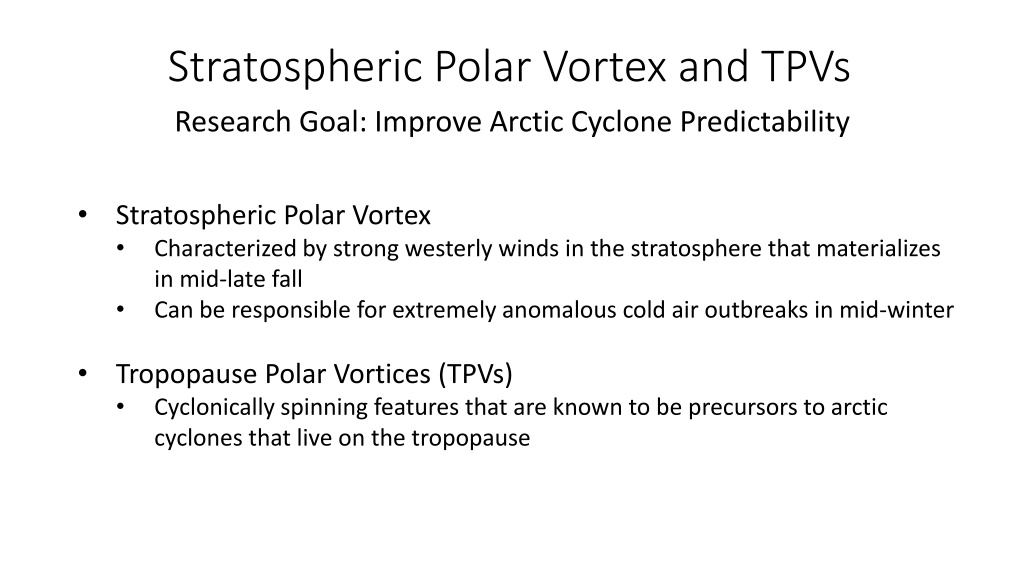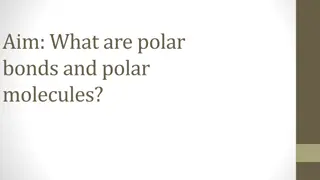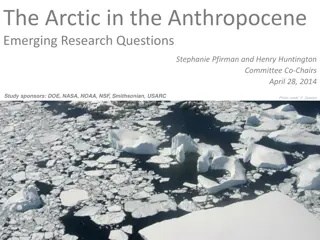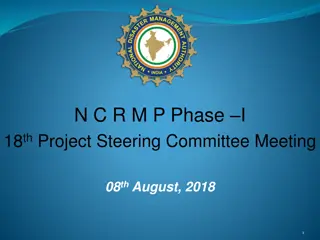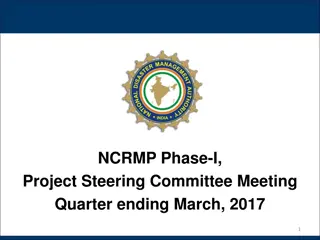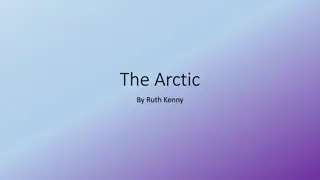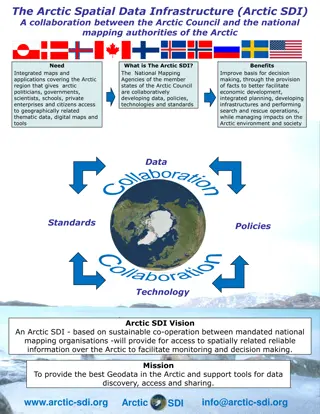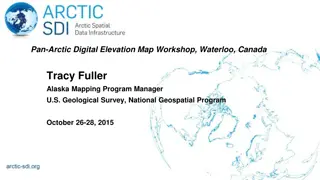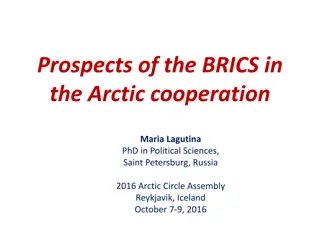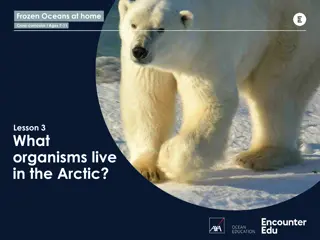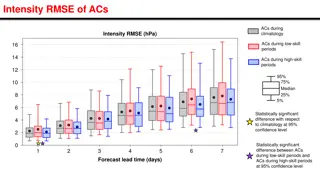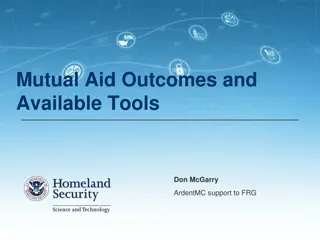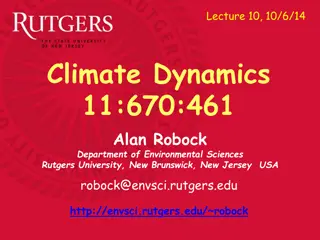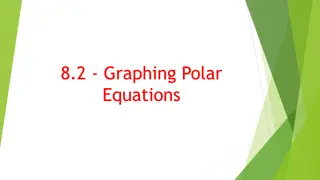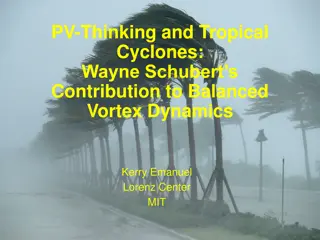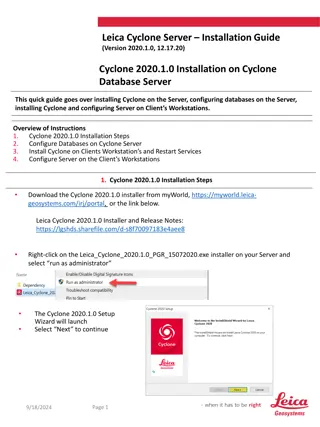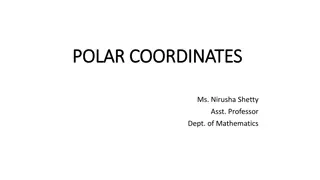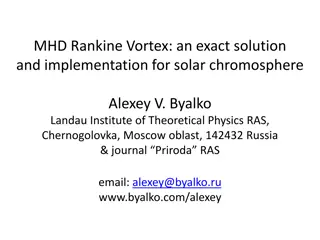Research on Stratospheric Polar Vortex and TPVs for Arctic Cyclone Predictability
This research aims to enhance predictability of Arctic cyclones by studying the Stratospheric Polar Vortex and Tropopause Polar Vortices (TPVs). The presence of strong westerly winds in the stratosphere during fall leads to anomalous cold air outbreaks in mid-winter. TPVs serve as precursors to arctic cyclones and are affected by vertical shear, potentially influencing their lifespan. Investigating the relationship between shear and TPV behavior could provide valuable insights for improving cyclone forecasting.
Download Presentation

Please find below an Image/Link to download the presentation.
The content on the website is provided AS IS for your information and personal use only. It may not be sold, licensed, or shared on other websites without obtaining consent from the author. Download presentation by click this link. If you encounter any issues during the download, it is possible that the publisher has removed the file from their server.
E N D
Presentation Transcript
Stratospheric Polar Vortex and TPVs Research Goal: Improve Arctic Cyclone Predictability Stratospheric Polar Vortex Characterized by strong westerly winds in the stratosphere that materializes in mid-late fall Can be responsible for extremely anomalous cold air outbreaks in mid-winter Tropopause Polar Vortices (TPVs) Cyclonically spinning features that are known to be precursors to arctic cyclones that live on the tropopause
TPV Schematic Cavallo and Hakim (2013) Polar Vortex Schematic Waugh et al. 2017
Why? Hypothesis: Vertical shear is detrimental to the lifespan of TPVs (similar to that of a tropical cyclone). Less shear during strong polar vortex cases?
